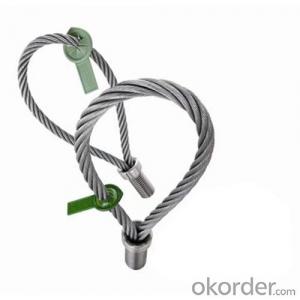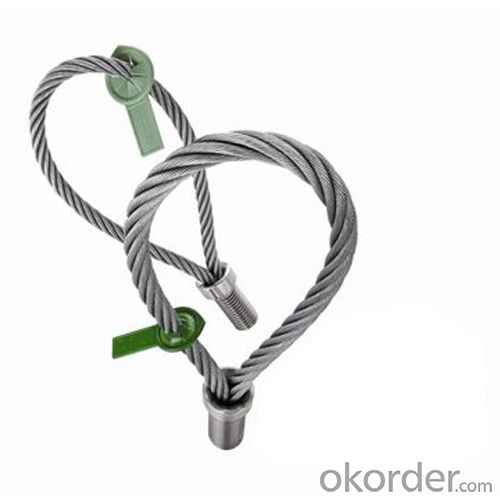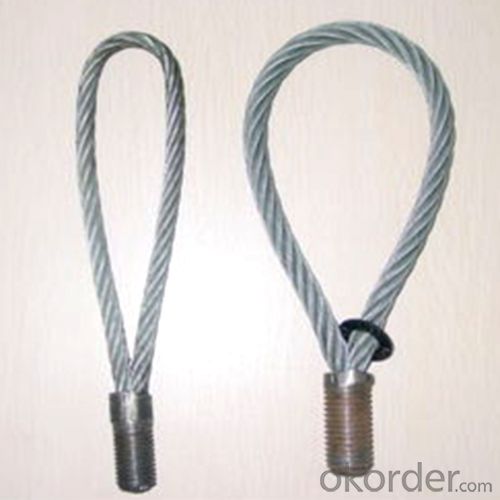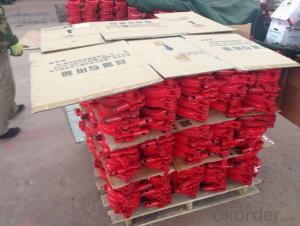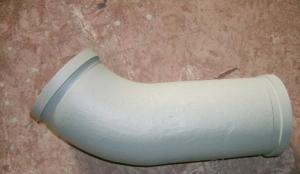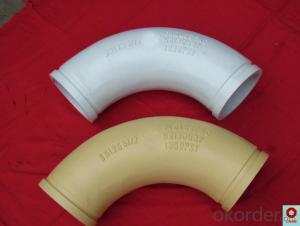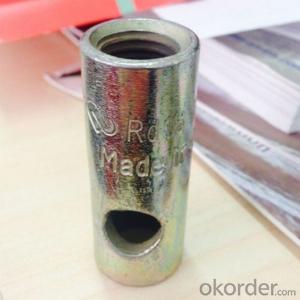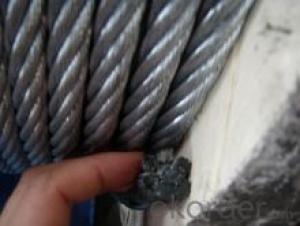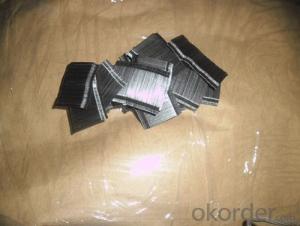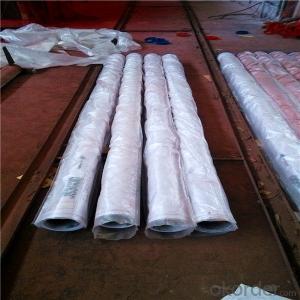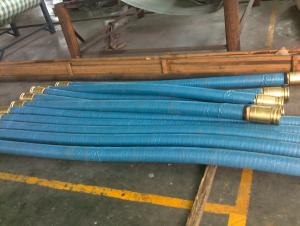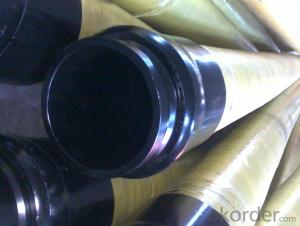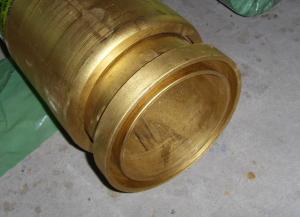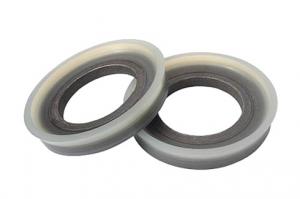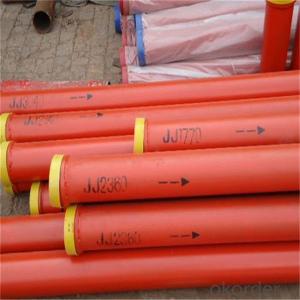Concrete Wire Lifting Loops for Concrete Construction
- Loading Port:
- Tianjin
- Payment Terms:
- TT OR LC
- Min Order Qty:
- 100 pc
- Supply Capability:
- 10000 pc/month
OKorder Service Pledge
OKorder Financial Service
You Might Also Like
Wire lifting loops for concrete construction
1.Specifications:
1) Products: lifting socket, lifting insert, bend and waved socket, transport socket, flat socket, socket with bar and others
2) Material: stainless 304/316, ST52.3
3) Diameter: M/RD 12-36mm
3) Length: 40-200mm
Capacity: 0.5-12.5MT
Break load: ≥111kN
Test strength: 1800-2080kN
Repeatedly bending times: 13-16
6) Surface: plain, galvanized
2. Packaging and delivery:
Packaging details: goods are packed in cartons and then in pallets
Delivery lead time: within 25 days after confirming order
3. Primary competitive advantages:
1)More than 10 years focus on building material manufacturing
2)Prompt delivery time within 25 days after confirming order
3)Eathu's products are enhanced by QA and quality control checks during production, if necessary each order can be sent out with certificate referring back to test
4)Precast concrete elements may be lifted several times after casting and during storage and erection-by using this system, designer and the worker manager ensure that each lift is carried out safely and quickly
Market:
Asia
Australasia
Central/South America
Mid East/Africa
North America
Western Europe
FAQ:
Q1: How long about delivery time Concrete transport socket ?
A1: The delivery time will be very short, normally we keep the raw materials for old customers and sometime we also keep stock products to
make sure delivery time in any emergency cases.
Q2: How do we guarantee the quality of our Concrete transport socket ?
A2: We have established an advanced quality management system which conducts strict quality tests at every step, from raw materials to the final product. At the same time, we provide extensive follow-up service assurances as required.
Q3: How soon can we receive the product after purchase?
A3: Within three days of placing an order, we will book the vessel for goods. The specific shipping date is dependent upon international and government factors, but is typically 7 to 30 workdays.
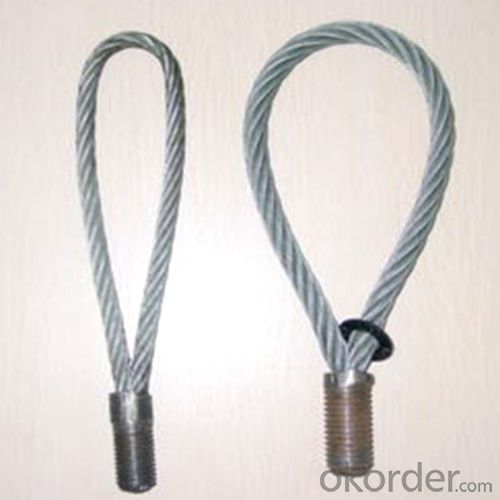
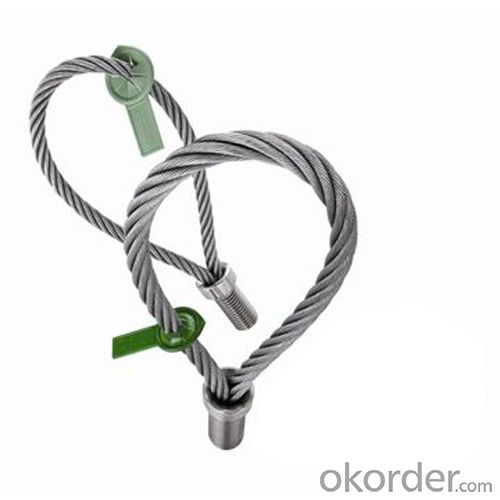
- Q: How do I properly maintain and replace hydraulic cylinders in concrete pump spare parts?
- Proper maintenance and replacement of hydraulic cylinders in concrete pump spare parts is crucial for ensuring the smooth functioning and longevity of your equipment. Here are some steps to help you with this process: 1. Regular Inspection: Conduct regular inspections of the hydraulic cylinders to check for any signs of wear, leaks, or damage. Look for any fluid leakage, rust, or dents in the cylinder body or rod. Inspect the seals, piston, and rod for any signs of wear or damage. 2. Cleanliness: Keep the hydraulic cylinders and their components clean. Dirt and debris can cause damage and reduce the efficiency of the system. Regularly wipe down the cylinders and ensure that there is no build-up of dirt or debris. 3. Lubrication: Proper lubrication is essential for the smooth operation of hydraulic cylinders. Follow the manufacturer's recommendations for lubrication intervals and use the appropriate lubricants. Make sure to apply the lubricant to all moving parts, seals, and fittings. 4. Fluid Checks: Check the hydraulic fluid regularly to ensure that it is at the correct level and is free from contaminants. If the fluid appears dirty or contaminated, it should be replaced. Additionally, check the hydraulic filter and replace it if necessary. 5. Seals and O-rings: Inspect the seals and O-rings in the hydraulic cylinders for any signs of wear or damage. Replace them if necessary to prevent leaks and maintain optimal performance. 6. Replacing Hydraulic Cylinders: When replacing hydraulic cylinders, it is important to follow the manufacturer's instructions and guidelines. Ensure that you have the correct replacement cylinder for your specific model and application. Properly align the cylinder during installation and tighten all bolts and connections to the recommended torque specifications. 7. Testing: After replacing hydraulic cylinders, test the system for any leaks or abnormal operation. Check for smooth and consistent movement of the cylinder and ensure that there are no fluid leaks or unusual noises. 8. Professional Assistance: If you are unsure about any aspect of maintaining or replacing hydraulic cylinders, it is recommended to seek the assistance of a professional. They will have the expertise and experience to ensure that the job is done correctly and safely. By following these steps and maintaining a regular maintenance schedule, you can ensure the proper functioning and longevity of hydraulic cylinders in your concrete pump spare parts.
- Q: What is the function of a concrete pump hopper grate pin?
- The function of a concrete pump hopper grate pin is to securely hold the grate in place, preventing it from shifting or becoming dislodged during the concrete pumping process.
- Q: How do I properly maintain and replace hydraulic valves in concrete pump spare parts?
- Proper maintenance and replacement of hydraulic valves in concrete pump spare parts involve a few key steps. Firstly, it is crucial to regularly inspect the valves for any signs of wear, damage, or leakage. This can be done by checking the valve body, seals, and connections. Secondly, ensure that the valves are lubricated according to the manufacturer's recommendations to prevent friction and extend their lifespan. Additionally, it is essential to adhere to the specified pressure and temperature limits during operation, as exceeding these limits can lead to valve failure. When it comes to replacement, it is recommended to consult the equipment manual or seek professional assistance to ensure that the correct valves are selected and installed accurately. Regular maintenance and timely replacement of hydraulic valves will ensure the optimal performance and longevity of the concrete pump spare parts.
- Q: How often should hopper agitator motors be inspected or replaced in a concrete pump?
- The frequency at which hopper agitator motors should be inspected or replaced in a concrete pump depends on various factors such as the usage intensity, operating conditions, and maintenance practices. However, as a general guideline, it is recommended to inspect hopper agitator motors regularly, at least once every three to six months. Regular inspections can help identify any signs of wear and tear, damage, or malfunctioning in the motor. This can include issues such as abnormal noise, excessive vibrations, overheating, or reduced performance. Additionally, it is important to check for any loose or worn out components, such as belts, pulleys, or bearings, which could affect the motor's efficiency and lifespan. If any significant issues or malfunctions are detected during the inspection, it may be necessary to replace the hopper agitator motor. The decision to replace the motor should be based on the severity of the problem, the age of the motor, and the cost-effectiveness of repairs compared to a replacement. Besides regular inspections, it is crucial to follow the manufacturer's recommendations for maintenance and lubrication of the hopper agitator motor. Proper maintenance practices can extend the lifespan of the motor and minimize the need for replacement. Ultimately, the specific frequency of inspections and replacement of hopper agitator motors in a concrete pump should be determined based on the specific circumstances and conditions in which the pump is operated, in consultation with the manufacturer's guidelines and recommendations.
- Q: Are there any specific cleaning procedures for concrete pump spare parts?
- Yes, there are specific cleaning procedures for concrete pump spare parts. It is important to ensure that these parts are clean and free from any dirt or debris to maintain their efficiency and longevity. Here are some general guidelines to follow when cleaning concrete pump spare parts: 1. Safety First: Before starting the cleaning process, make sure to wear appropriate personal protective equipment (PPE) such as gloves and safety goggles to protect yourself from any potential hazards. 2. Disconnect Power: Before cleaning any electrical or mechanical parts, make sure to disconnect the power supply to avoid any accidents. 3. Remove Excess Dirt: Use a brush or a dry cloth to remove any loose dirt or debris from the surface of the spare parts. This will make the cleaning process more effective. 4. Use Appropriate Cleaning Solution: Depending on the type of spare parts and the level of dirt, choose an appropriate cleaning solution. Mild detergents or soapy water are generally safe to use. Avoid using harsh chemicals or solvents that may damage the parts. 5. Scrub and Rinse: Dip a clean cloth or sponge into the cleaning solution and gently scrub the spare parts to remove any stubborn dirt or stains. Rinse the parts thoroughly with clean water to remove any residue of the cleaning solution. 6. Dry Completely: After rinsing, make sure to dry the spare parts thoroughly using a clean cloth or by air-drying. Moisture can lead to rust or corrosion, so it is important to ensure complete drying. 7. Lubricate Moving Parts: If the spare parts have any moving components, such as bearings or gears, apply an appropriate lubricant to ensure smooth operation. This will help prevent wear and tear and extend the lifespan of the parts. 8. Regular Maintenance: To keep the concrete pump spare parts in optimal condition, it is recommended to perform regular cleaning and maintenance. Inspect them periodically for any signs of damage or wear and replace them if necessary. By following these specific cleaning procedures, you can effectively clean and maintain the concrete pump spare parts, ensuring their reliability and longevity.
- Q: What are the different types of concrete pump hydraulic filters?
- There are several different types of concrete pump hydraulic filters that are commonly used in construction projects. These filters play a crucial role in ensuring the smooth operation and longevity of the hydraulic system in concrete pumps. 1. Suction filters: These filters are located at the intake side of the hydraulic pump and are responsible for removing larger particles and debris from the hydraulic oil. They prevent the pump from drawing in contaminants that can cause damage to the pump and other components. 2. Return line filters: Positioned on the return line of the hydraulic system, these filters are designed to remove smaller particles and contaminants from the hydraulic oil before it is returned to the reservoir. They help maintain the cleanliness of the hydraulic oil, preventing wear and tear on the system. 3. Pressure line filters: These filters are installed on the high-pressure side of the hydraulic system, typically after the hydraulic pump. They are responsible for removing fine particles and contaminants from the oil, ensuring the smooth operation of valves, cylinders, and other hydraulic components. 4. In-tank filters: These filters are submerged in the hydraulic oil reservoir and are used to filter the oil as it circulates through the tank. They are effective in removing larger particles and contaminants that may have settled at the bottom of the reservoir. 5. Magnetic filters: These filters utilize magnets to attract and remove metallic particles from the hydraulic oil. They are particularly effective in capturing ferrous contaminants, such as iron filings and metal shavings. 6. Breather filters: These filters are installed on the breather vent of the hydraulic oil reservoir. They prevent dust, dirt, and moisture from entering the system, maintaining the cleanliness and integrity of the hydraulic oil. It is important to regularly inspect and replace these hydraulic filters to ensure optimal performance and longevity of the concrete pump's hydraulic system. Failure to do so can result in increased wear and tear, decreased efficiency, and potential damage to the pump and other components.
- Q: How to calculate the power of concrete pump motor?
- Second, the amount of transport is the amount of export pressure is determined,
- Q: What is the purpose of a concrete pump cleaning ball?
- To effectively cleanse and eliminate any lingering concrete or debris inside a concrete pump system, a concrete pump cleaning ball serves its purpose. These cleaning balls are specifically designed for insertion into the pumping system and subsequent propulsion through the pipes using water pressure or compressed air. As they progress through the system, the cleaning balls effectively scrape away any solidified concrete or accumulation, guaranteeing unobstructed flow and optimal performance of the pump and pipes. This routine cleaning process not only prevents blockages and upholds pump efficiency but also prolongs the equipment's lifespan. Furthermore, the utilization of cleaning balls ensures that the subsequent batch of pumped concrete remains uncontaminated by any residual debris, resulting in a superior final product.
- Q: How can a malfunctioning control lever affect the pump's operation?
- The pump's operation can be significantly affected in several ways by a control lever that is malfunctioning. To begin with, the control lever is responsible for regulating the flow rate and pressure of the pump. If it is not functioning properly, it may be unable to accurately adjust these parameters, resulting in the pump not working correctly. Additionally, the ability of a malfunctioning control lever to effectively turn the pump on or off may be compromised. This can lead to the pump running continuously, even when it is unnecessary, causing unnecessary wear and tear on the pump and increased energy consumption. Furthermore, the control lever is often used to control the direction of flow in the pump. If it is not functioning correctly, it may be unable to switch the pump between forward and reverse modes, impacting the pump's efficiency in performing its intended tasks. Moreover, the overall safety of the pump operation can be affected by a malfunctioning control lever. If the lever fails to respond or becomes stuck in a position, it can potentially result in over-pressurization, leaks, or other hazardous situations, putting both the pump and surrounding equipment or personnel at risk. In conclusion, a control lever that is malfunctioning can disrupt the accurate regulation of flow rate, pressure, and direction of flow in the pump, potentially leading to improper functioning, increased energy consumption, reduced efficiency, and safety hazards. Therefore, it is crucial to promptly address any issues with the control lever to ensure the reliable operation of the pump.
- Q: Can I get spare parts for concrete pump wear plates and cutting rings?
- Absolutely, spare parts for concrete pump wear plates and cutting rings are readily available. These components are crucial for the flawless functioning and optimal performance of a concrete pump. Numerous manufacturers and suppliers specialize in offering spare parts exclusively for concrete pumps, encompassing wear plates and cutting rings. You have the option to directly approach these suppliers or manufacturers to inquire about the availability and pricing of these spare parts. Moreover, there are also online platforms and marketplaces where an extensive assortment of spare parts for various concrete pump models can be found. It is always advisable to ensure the purchase of genuine and top-notch spare parts to ensure the durability and effectiveness of your concrete pump.
Send your message to us
Concrete Wire Lifting Loops for Concrete Construction
- Loading Port:
- Tianjin
- Payment Terms:
- TT OR LC
- Min Order Qty:
- 100 pc
- Supply Capability:
- 10000 pc/month
OKorder Service Pledge
OKorder Financial Service
Similar products
Hot products
Hot Searches
Related keywords
